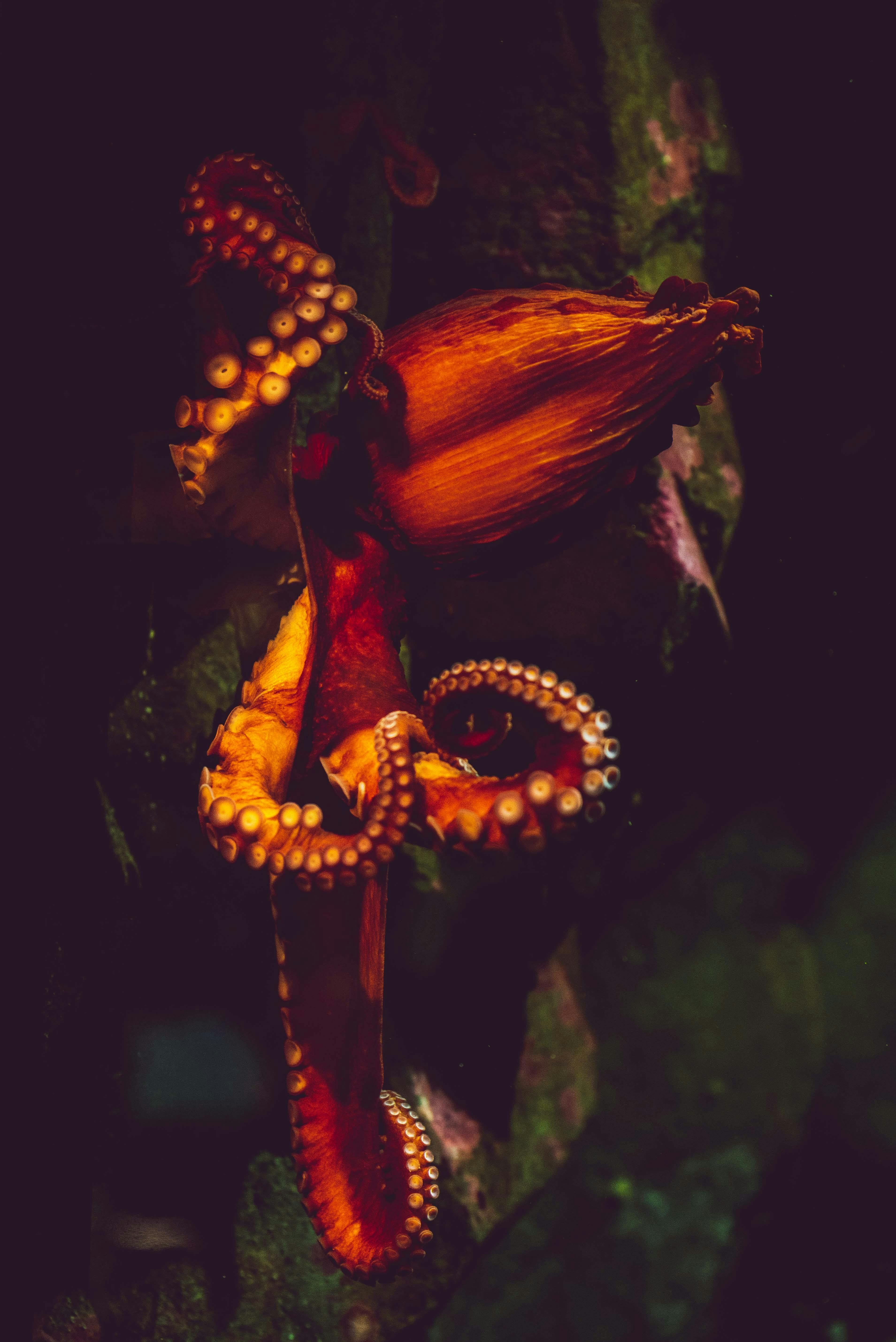Unraveling the Enigma of Axolotl Regeneration
The remarkable regenerative abilities of the axolotl, a salamander native to Mexico, have captivated scientists and animal enthusiasts alike. These unique amphibians can regrow entire limbs, organs, and even parts of their brain, a feat that has long puzzled researchers and sparked intense scientific investigation. This article delves into the fascinating world of axolotl regeneration, exploring its mechanisms, potential applications, and the efforts to preserve this critically endangered species.

The Axolotl’s Incredible Regenerative Powers
Axolotls possess an unparalleled ability to regenerate lost or damaged body parts. Unlike most animals, which form scar tissue when injured, axolotls can regrow entire limbs, tail, spinal cord, heart, and even portions of their brain. This process occurs without any scarring, resulting in fully functional regenerated tissues that are indistinguishable from the original.
The regeneration process in axolotls is remarkably fast and efficient. When an axolotl loses a limb, for example, a mass of cells called a blastema forms at the site of injury within hours. This blastema contains progenitor cells that can differentiate into various tissue types, including muscle, bone, and nerves. Over the course of several weeks, these cells multiply and organize themselves to form a perfect replica of the lost limb.
Unraveling the Molecular Mechanisms
Scientists have been working tirelessly to understand the molecular mechanisms behind axolotl regeneration. Recent studies have identified several key genes and signaling pathways involved in this process. One such gene, called PAX7, has been found to play a crucial role in muscle regeneration. When this gene is blocked, axolotls lose their ability to regenerate muscle tissue.
Another important discovery is the role of macrophages, a type of immune cell, in the regeneration process. These cells not only help clear debris from the injury site but also secrete growth factors that stimulate the formation of new tissue. Understanding these mechanisms could potentially lead to breakthroughs in regenerative medicine for humans.
Implications for Human Medicine
The study of axolotl regeneration has far-reaching implications for human medicine. By understanding how these creatures can regrow complex tissues and organs, scientists hope to develop new treatments for a wide range of conditions, from spinal cord injuries to heart disease.
One area of particular interest is limb regeneration. While humans can regenerate some tissues, such as liver cells and skin, we cannot regrow entire limbs or organs. By studying axolotls, researchers aim to unlock the secrets of limb regeneration and potentially develop treatments for amputees.
Conservation Efforts and Challenges
Despite their scientific importance, axolotls are critically endangered in the wild. Their native habitat, the canals of Xochimilco in Mexico City, has been severely degraded by pollution, urbanization, and the introduction of invasive species. It is estimated that fewer than 1,000 wild axolotls remain in their natural habitat.
Conservation efforts are underway to protect the remaining wild populations and their habitat. These include habitat restoration projects, captive breeding programs, and efforts to reduce pollution in the Xochimilco canals. However, these efforts face significant challenges, including limited funding and the rapid pace of urban development in Mexico City.
The Axolotl in Research and the Pet Trade
The scientific value of axolotls has led to their widespread use in research laboratories around the world. These animals are relatively easy to breed and maintain in captivity, making them ideal subjects for regeneration studies. A typical research-grade axolotl can cost between $50 to $150, depending on age and genetic background.
In recent years, axolotls have also gained popularity as exotic pets. Their unique appearance and relatively low maintenance requirements have made them attractive to hobbyists. However, the pet trade has raised concerns about the ethical implications of keeping these endangered animals as pets and the potential impact on wild populations.
Future Prospects and Ethical Considerations
As research into axolotl regeneration continues to advance, it raises important ethical questions. The potential applications of this research in human medicine are enormous, but they also come with complex ethical considerations. For example, the use of animal models in regeneration research has been a subject of debate among ethicists and animal rights advocates.
Furthermore, the increasing popularity of axolotls as pets has led to concerns about the welfare of these animals in captivity. While captive breeding can help reduce pressure on wild populations, it is crucial to ensure that pet axolotls are provided with appropriate care and that the pet trade does not negatively impact conservation efforts.
In conclusion, the study of axolotl regeneration represents a fascinating frontier in biological research with immense potential for medical applications. As we continue to unravel the mysteries of these remarkable creatures, it is essential to balance scientific progress with conservation efforts and ethical considerations. The axolotl’s ability to regenerate may hold the key to groundbreaking medical treatments, but ensuring the survival of this species in the wild is equally important for biodiversity and ecological balance.




